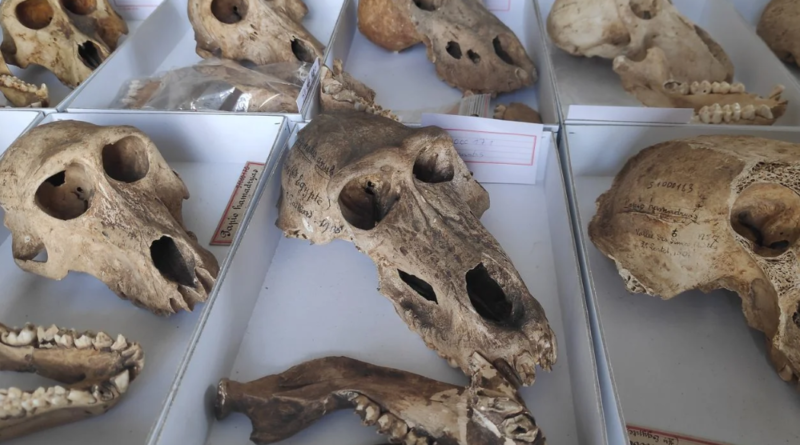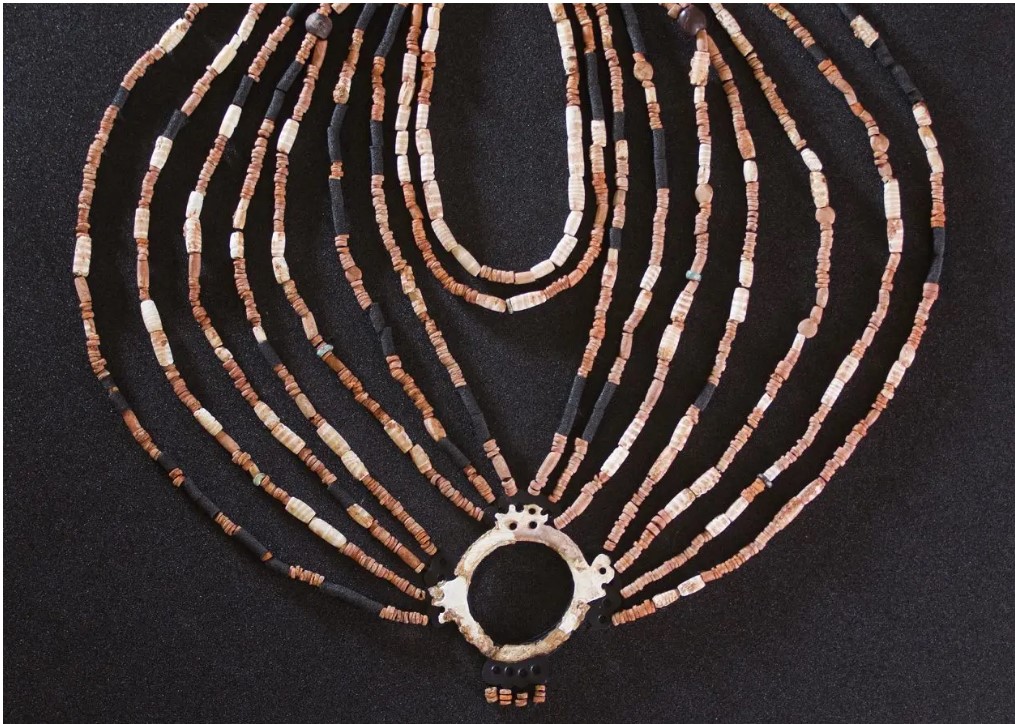Insights into Ancient Egyptian Baboon Mummies: New Study Reveals Captive Rearing and Mummification Traditions
In a groundbreaking study published in the open-access journal PLOS ONE, researchers delve into the mysteries of baboon mummies from the renowned Valley of the Monkeys in Luxor, Egypt. The study sheds light on a captivating tradition that emerged in the 9th century BC, involving the revered mummification of baboons, not indigenous to Ancient Egypt.
Examining skeletal remains from 36 baboons of various ages, the researchers identified 14 individuals by species, with Papio anubis and Papio hamadryas being the predominant classifications. Radiocarbon dating of 13 individuals pinpointed their existence to the end of the Third Intermediate Period and the beginning of the Late Period.
The study unveiled intriguing details about the baboons’ lives, indicating that they suffered from lesions, deformities, and bone abnormalities likely caused by poor nutrition and limited exposure to sunlight—a consequence of their captivity. The findings from Gabbanat el-Qurud resonate with similar conditions observed in baboon remains at Saqqara and Tuna el-Gebel, suggesting a uniform captive care method across these ancient sites.
The authors emphasize the significance of these findings in understanding the care and treatment of baboons in Ancient Egypt before their eventual mummification. However, they also acknowledge the need for further exploration, proposing a comprehensive analysis of the baboons’ teeth to reveal insights into their diets. Additionally, the potential extraction of DNA from these remains could unravel details about the baboons’ wild origins and shed light on the breeding techniques employed by their caretakers.
This research not only adds valuable perspectives to the fascinating world of Ancient Egyptian practices but also opens avenues for future studies that could unlock more secrets about the lives and rituals surrounding these enigmatic baboon mummies.




